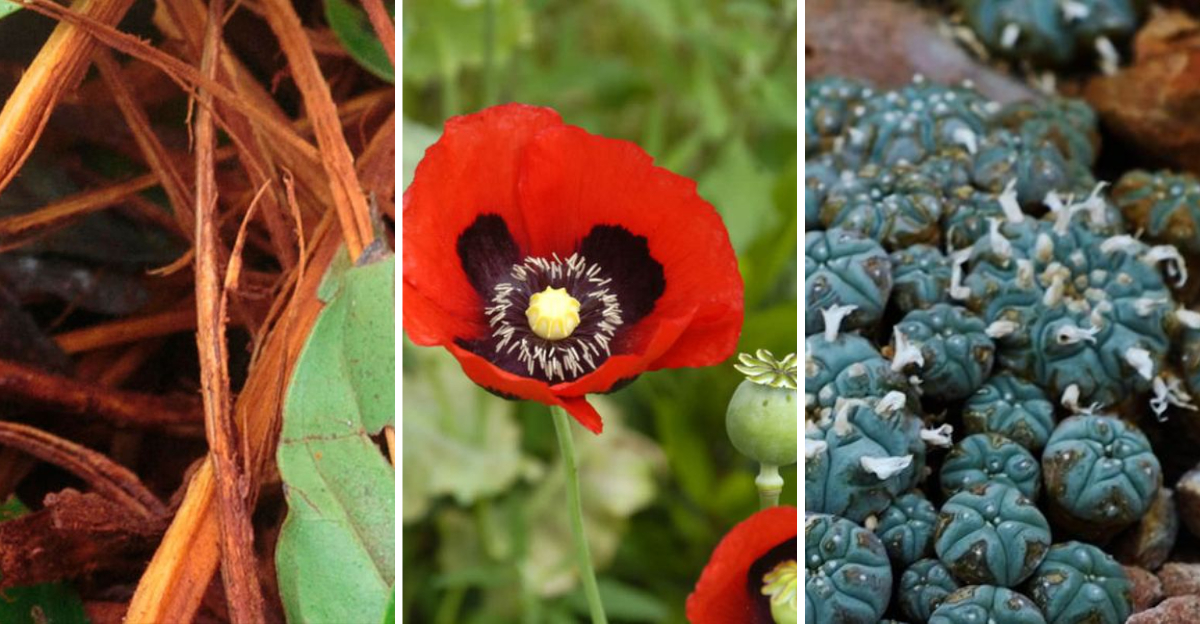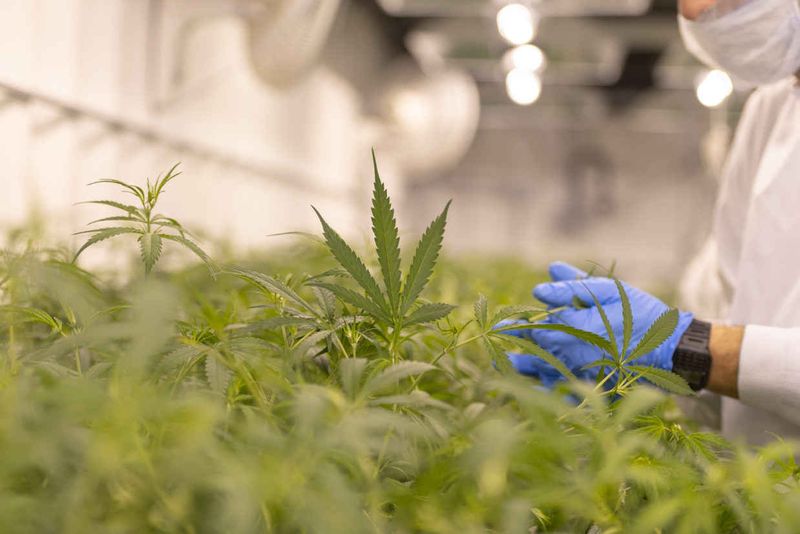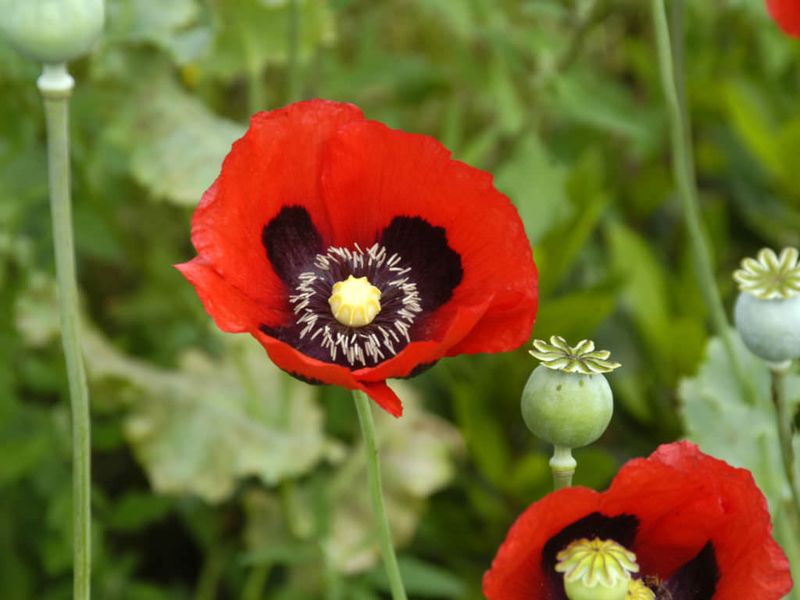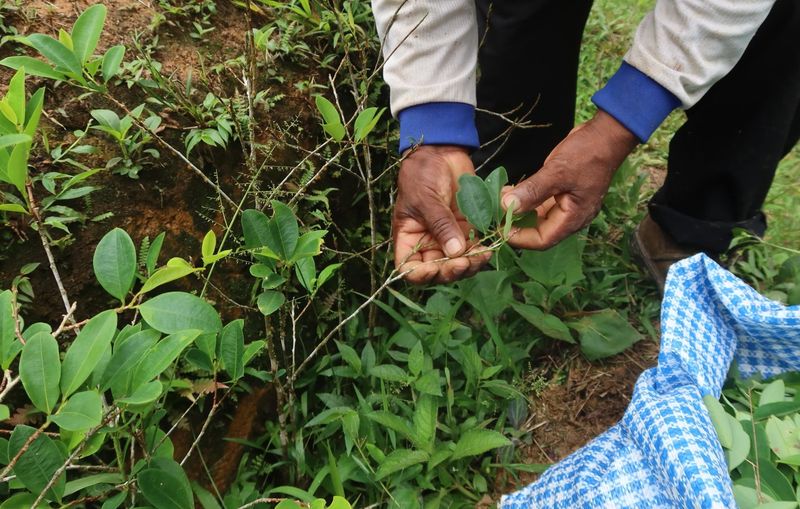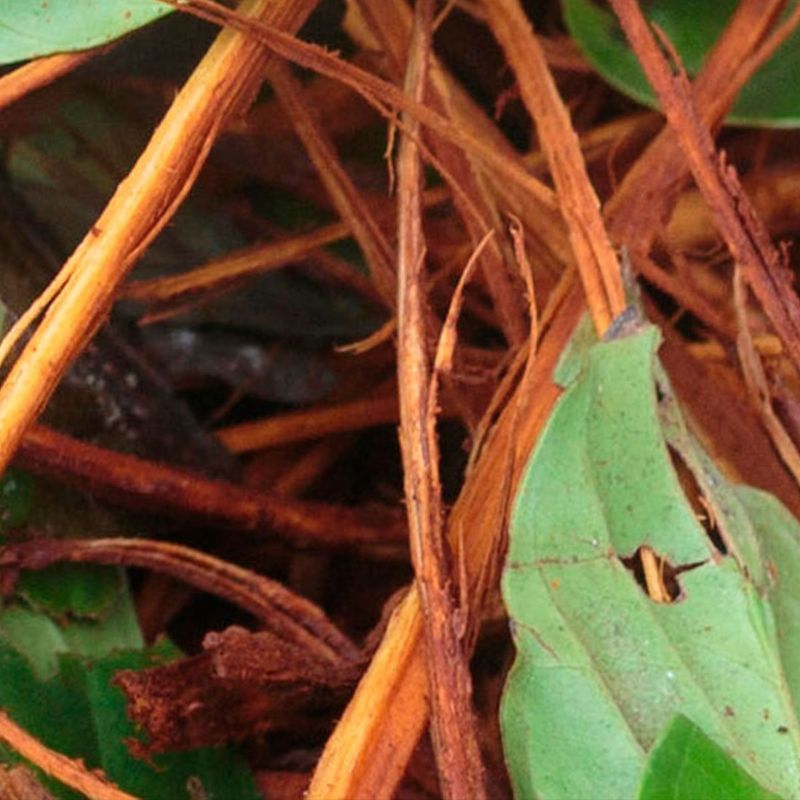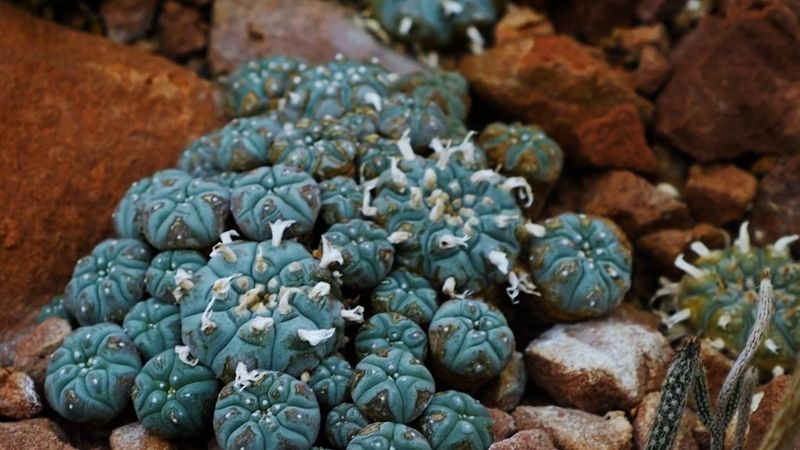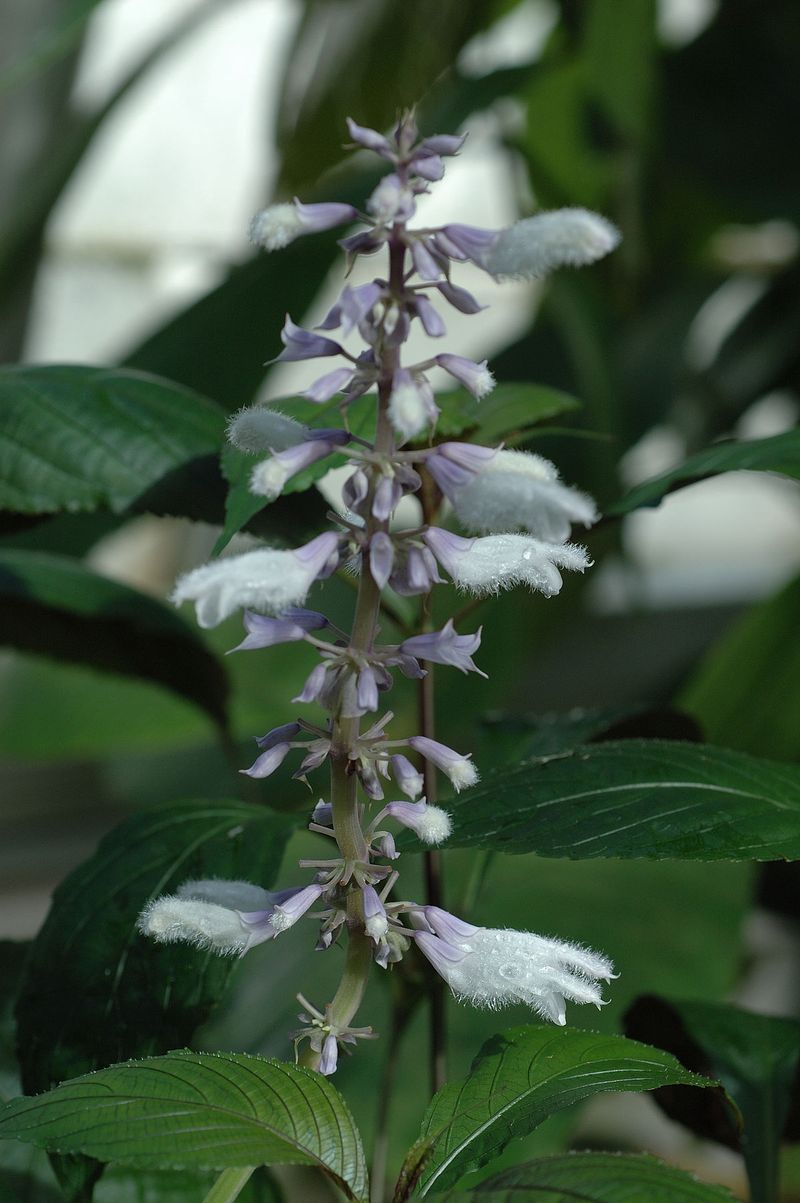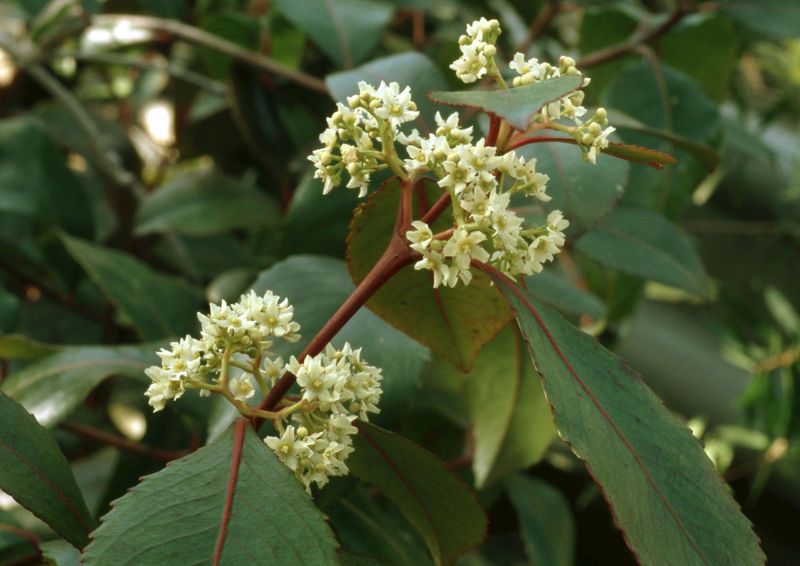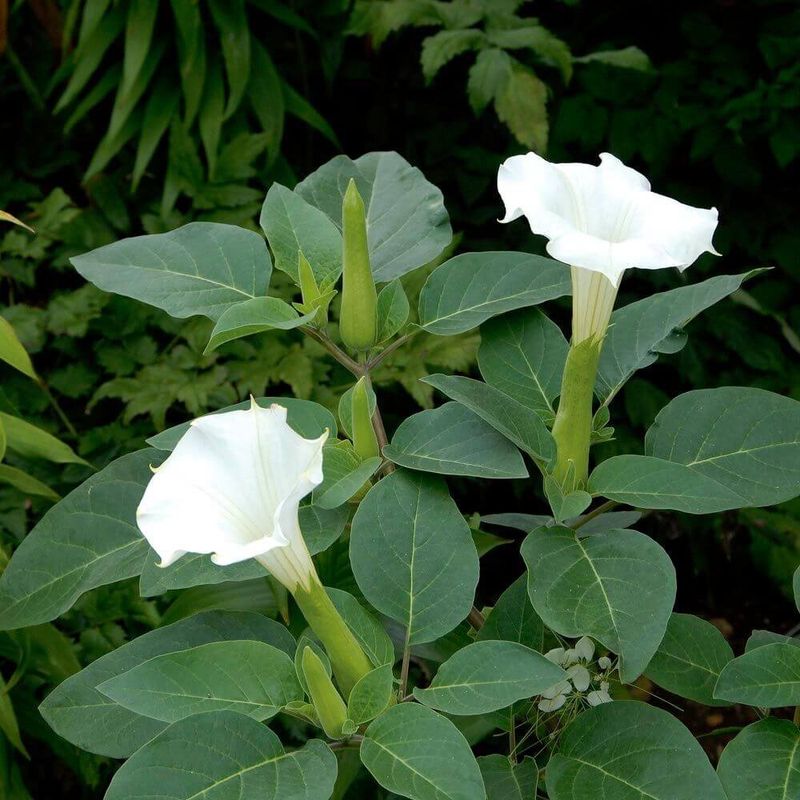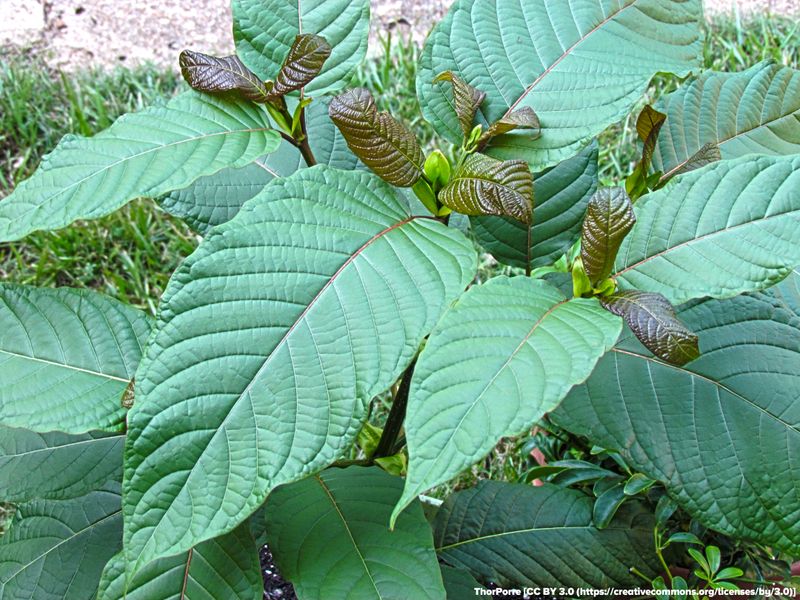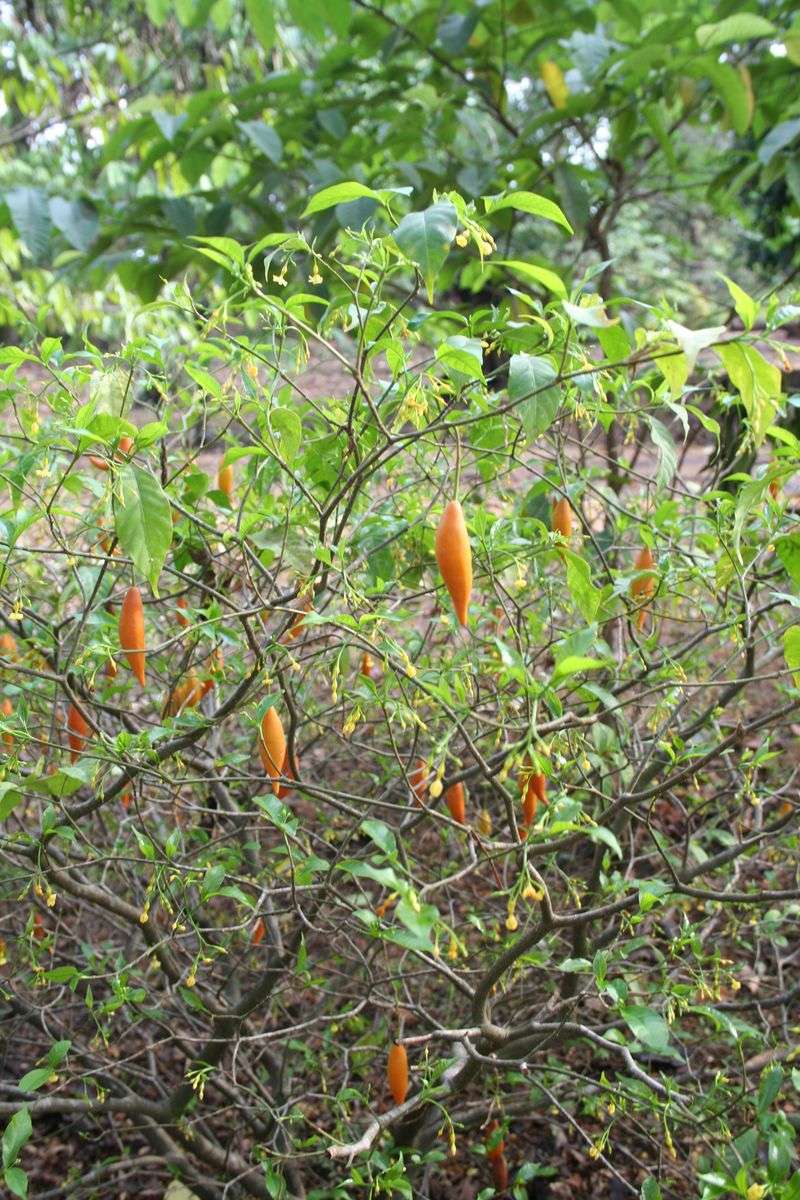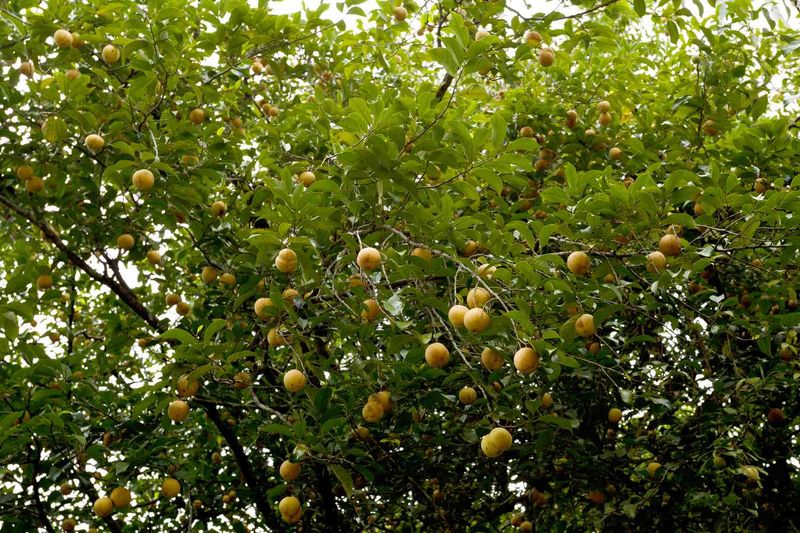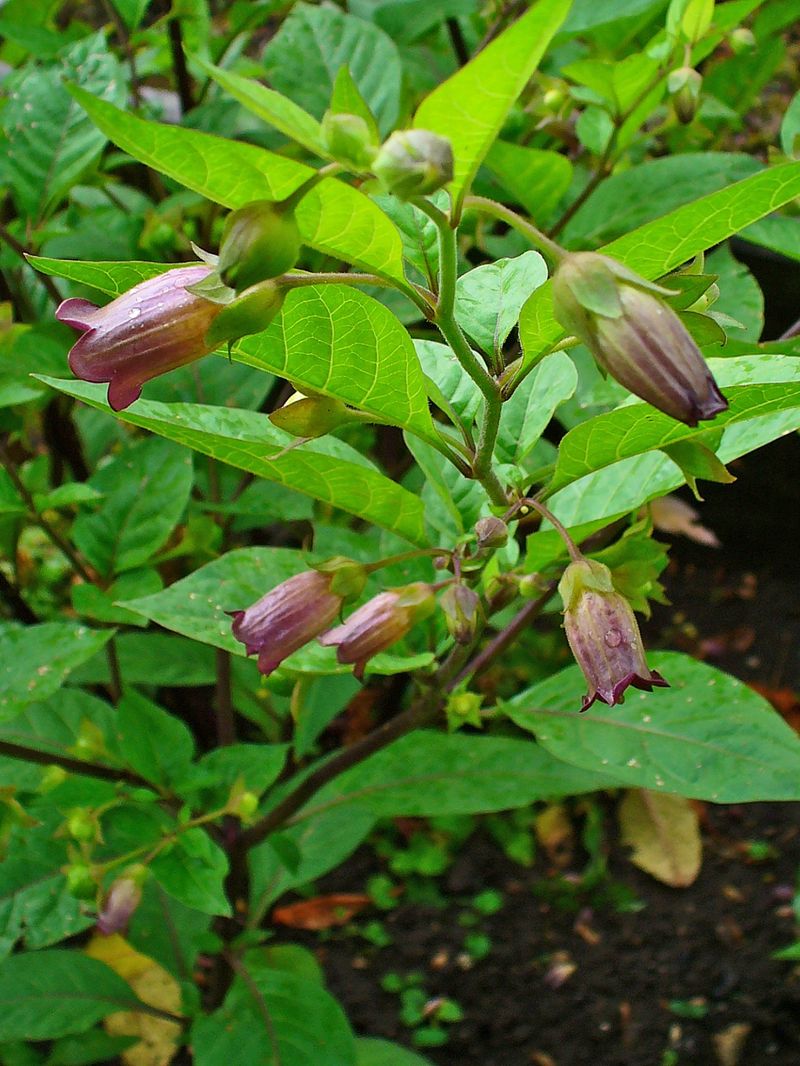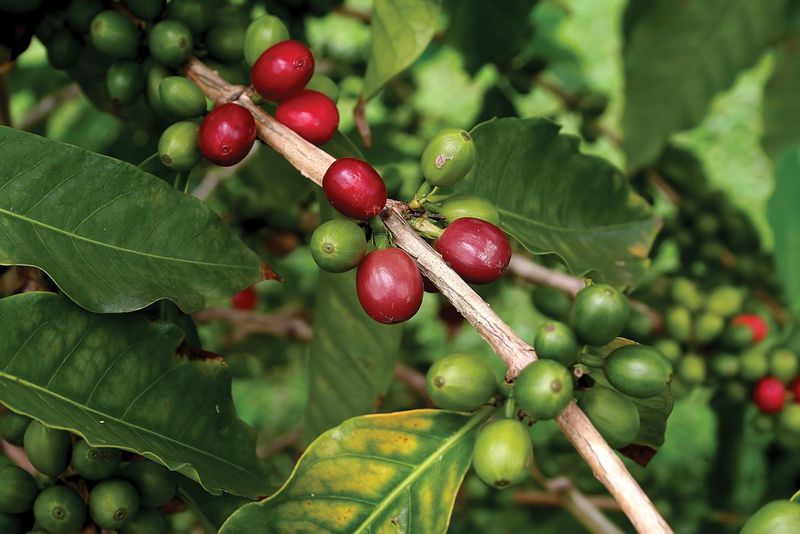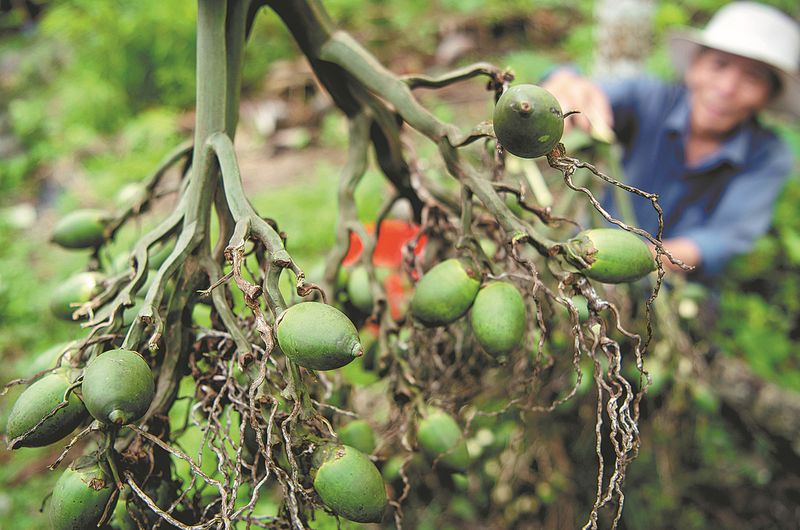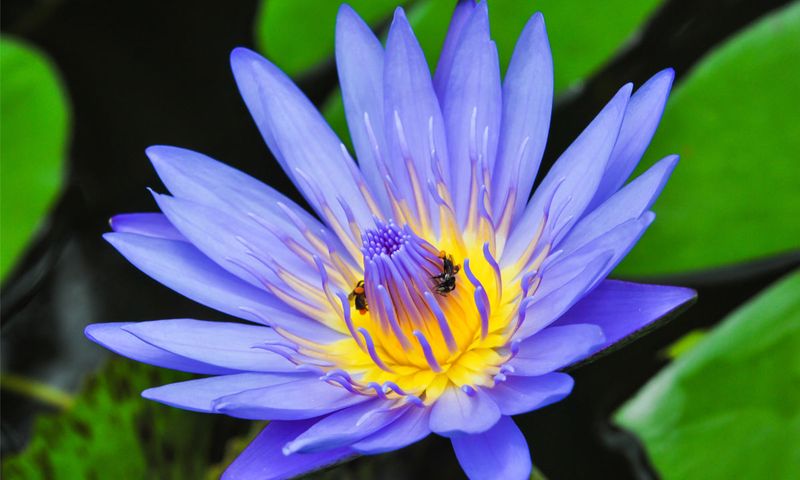Throughout history, various plants have been celebrated for their medicinal properties yet simultaneously banned for their narcotic effects.
These plants, often shrouded in controversy, have been the subject of debates across cultures and governments.
In this article, we explore 15 such plants that have faced restrictions around the world due to their potent effects.
1. Cannabis
Cannabis, commonly known as marijuana, is perhaps the most renowned plant banned for its narcotic effects. With a history of use for both recreational and medicinal purposes, its legality varies worldwide.
The plant’s psychoactive component, THC, is responsible for its mind-altering effects, making it popular yet controversial. Many argue for its benefits in pain relief and appetite stimulation.
Despite this, cannabis remains illegal in numerous countries, leading to ongoing debates about its potential for misuse versus its therapeutic benefits. Its vibrant green leaves symbolize both hope and contention.
2. Opium Poppy
The opium poppy, known scientifically as Papaver somniferum, has been used for centuries to produce opiates like morphine and codeine. Its potent narcotic effects have made it both invaluable in medicine and infamous in illicit drug production.
The sap extracted from its seed pods is the raw material for opium, which has a long history of addiction and abuse.
Despite its role in pain management, the cultivation of opium poppies is heavily restricted. These plants symbolize the fine line between medicine and misuse, fueling ongoing legal and ethical discussions.
3. Coca Plant
The coca plant is native to South America and has been used traditionally by indigenous cultures for its stimulant properties. Its leaves contain alkaloids, most notably cocaine—a powerful narcotic.
While coca leaves are chewed for energy and as a remedy for altitude sickness, the extraction of cocaine has led to illegal trade and addiction issues worldwide.
Cultivation of coca plants is strictly controlled, with ongoing debates on its cultural significance versus the global impact of cocaine addiction. The plant remains a symbol of both traditional heritage and international controversy.
4. Ayahuasca
Ayahuasca is a psychoactive brew made from the Banisteriopsis caapi vine and other ingredients. It has been used for centuries in spiritual and healing rituals in the Amazon region.
Despite its cultural significance, ayahuasca contains DMT, a potent hallucinogen that is illegal in many parts of the world.
The brew is known for inducing visions and deep introspective experiences, leading to both admiration and apprehension. While some seek its spiritual benefits, others caution against its psychological risks. Ayahuasca remains a topic of fascination and debate in modern times.
5. Peyote
Peyote is a small, spineless cactus native to Mexico and southwestern Texas. It contains mescaline, a psychedelic compound known for its hallucinogenic effects.
Traditionally used in Native American religious ceremonies, peyote’s psychoactive effects have made it controversial and illegal in many regions.
Despite its sacred status among indigenous cultures, its use outside traditional settings raises concerns about misuse and cultural appropriation. The cactus stands as a symbol of spiritual exploration and legal quandaries.
6. Salvia Divinorum
Salvia divinorum, commonly referred to as Salvia, is a plant native to Oaxaca, Mexico. It is known for its powerful psychoactive effects when smoked or chewed.
The active compound, salvinorin A, induces intense and brief hallucinogenic experiences, sparking debates about its safety and legality.
While some explore Salvia for its mind-altering properties, others warn of its potential dangers. Its legal status varies, with some countries and states implementing bans. Salvia highlights the ongoing tension between exploration and regulation in the realm of psychoactive plants.
7. Khat
Khat is a flowering plant native to East Africa and the Arabian Peninsula. Its leaves are chewed for their stimulant effects, attributed to the alkaloid cathinone.
In regions where khat is culturally ingrained, it is a social activity akin to coffee drinking. However, its stimulating effects have led to bans in many Western countries.
Khat’s use raises issues of cultural acceptance versus potential for abuse, with ongoing debates about its health impacts. It remains emblematic of the complexities surrounding traditional practices and modern legal frameworks.
8. Datura
Datura, also known as Jimsonweed or Devil’s Trumpet, is a plant with a notorious reputation for its powerful hallucinogenic and toxic properties.
Historically used in various cultural rituals, all parts of the plant contain tropane alkaloids, making it potentially lethal if misused.
Despite its beautiful blossoms, Datura is banned in many areas due to the severe health risks associated with its ingestion. This plant serves as a reminder of nature’s dual capacity for beauty and danger, sparking both intrigue and caution.
9. Kratom
Kratom, a tree native to Southeast Asia, has leaves that are often used for their stimulant and sedative effects. The active compounds, mitragynine and 7-hydroxymitragynine, are responsible for its effects.
While some use kratom as an alternative to opioids for pain relief, its potential for addiction and abuse has led to legal restrictions in many countries.
The plant’s dual nature as both a medicinal remedy and a potential narcotic remains a subject of intense debate. Kratom illustrates the complex interplay between traditional medicine and modern regulation.
10. Iboga
Iboga, a shrub native to Central Africa, contains the alkaloid ibogaine, known for its psychoactive and therapeutic effects.
Traditionally used in Bwiti spiritual ceremonies, iboga is said to induce introspective visions and is explored for treating addiction. However, its potent effects and potential side effects have led to legal restrictions.
The plant represents the intersection of ancient spiritual practices and modern therapeutic interests. While some advocate for its benefits, others emphasize caution, underscoring the ongoing dialogue between tradition and science.
11. Nutmeg
Nutmeg, a common culinary spice, surprisingly contains psychoactive compounds like myristicin. In large doses, it can cause hallucinations and other mind-altering effects.
While typically safe in culinary uses, misuse of nutmeg as a recreational drug has led to concerns and warnings.
Its accessibility and dual role as both a kitchen staple and a potential narcotic highlight the unexpected ways everyday items can pose risks. Nutmeg serves as a cautionary tale about the hidden potentials within familiar plants.
12. Belladonna
Belladonna, or deadly nightshade, is infamous for its toxic and hallucinogenic properties. Used historically in both medicine and cosmetics, the plant contains tropane alkaloids like atropine and scopolamine.
Ingesting belladonna can lead to delirium and other severe effects, prompting strict controls. Its dark berries and sinister reputation add to its mystique.
The plant exemplifies the thin line between poison and potion, reminding us of the careful balance required in utilizing nature’s resources. Belladonna continues to intrigue and caution through its storied history and potent effects.
13. Yohimbe
Yohimbe is an evergreen tree native to Africa, known for its bark containing yohimbine, a compound with stimulant and aphrodisiac effects.
Used traditionally in African medicine, yohimbe’s effects have led to both interest and controversy in modern times. Its potential side effects, including increased heart rate and blood pressure, have prompted regulatory scrutiny.
The bark’s dual role as a traditional remedy and a contemporary supplement underscores the need for careful consideration of its use. Yohimbe remains a topic of debate, balancing cultural heritage with modern health concerns.
14. Betel Nut
Betel nut, the seed of the Areca palm, is chewed with betel leaves in many Asian cultures for its mild stimulant effects.
While culturally significant, long-term use can lead to health issues such as oral cancers, causing it to be banned in some countries.
The practice of chewing betel nut raises important discussions about cultural traditions versus public health. It serves as a vivid example of how cultural practices can clash with modern health regulations, highlighting the need for balanced approaches.
15. Blue Lotus
The blue lotus, known for its delicate beauty and historical significance, was revered in ancient Egyptian culture for its psychoactive properties.
Compounds in the flower can induce mild euphoria and relaxation, leading to its ceremonial use. However, its effects have sparked interest and concern in contemporary contexts.
The flower’s historical and cultural symbolism, juxtaposed with modern curiosity, highlights the enduring allure of psychoactive plants. Blue lotus remains a captivating subject of study, bridging past and present in its narcotic allure.
